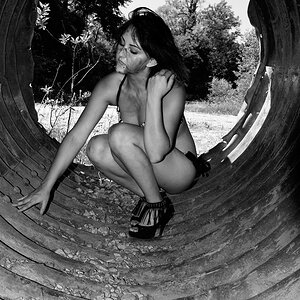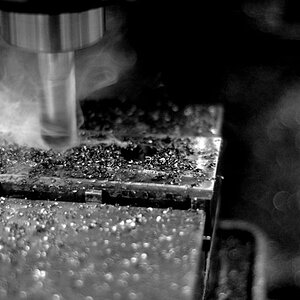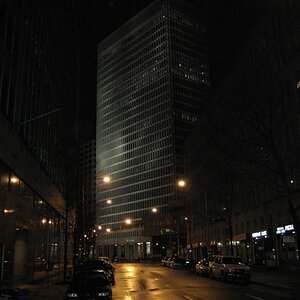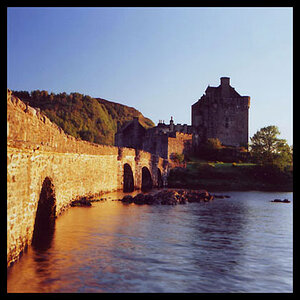bantor
TPF Noob!
- Joined
- Aug 15, 2005
- Messages
- 526
- Reaction score
- 9
- Location
- Calgary Alberta
- Website
- jrcreations.bravehost.com
I just bought a used Canon AE-1. It is my first "real" camera and I have a small question.
I was fiddling around with the aperture setting on the lenses I got, and I noticed that regardless of what I do to the aperture setting, as I look through the lens (not the eye peice of the camera but the lens itself) the aperture does not move at all. I am no genius, but I thought adjusting the aperture ring actually adjusted the aperture.
I am not sure if I am doing somthing wrong or these lenses simply have the aperture ring for looks. Does anybody have any ideas?
Thanks a bundle.
I was fiddling around with the aperture setting on the lenses I got, and I noticed that regardless of what I do to the aperture setting, as I look through the lens (not the eye peice of the camera but the lens itself) the aperture does not move at all. I am no genius, but I thought adjusting the aperture ring actually adjusted the aperture.
I am not sure if I am doing somthing wrong or these lenses simply have the aperture ring for looks. Does anybody have any ideas?
Thanks a bundle.



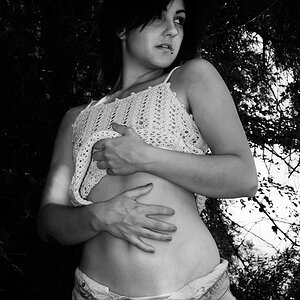
![[No title]](/data/xfmg/thumbnail/37/37606-3c9ffb5906173fa2aa489341967e1468.jpg?1619738148)
